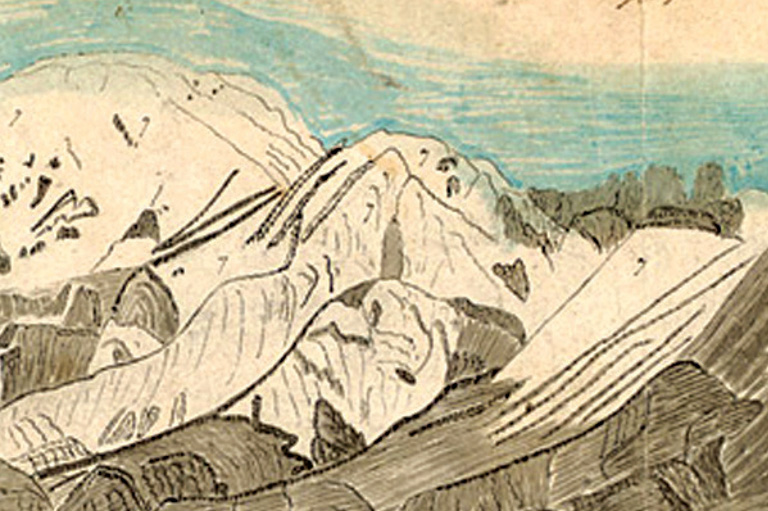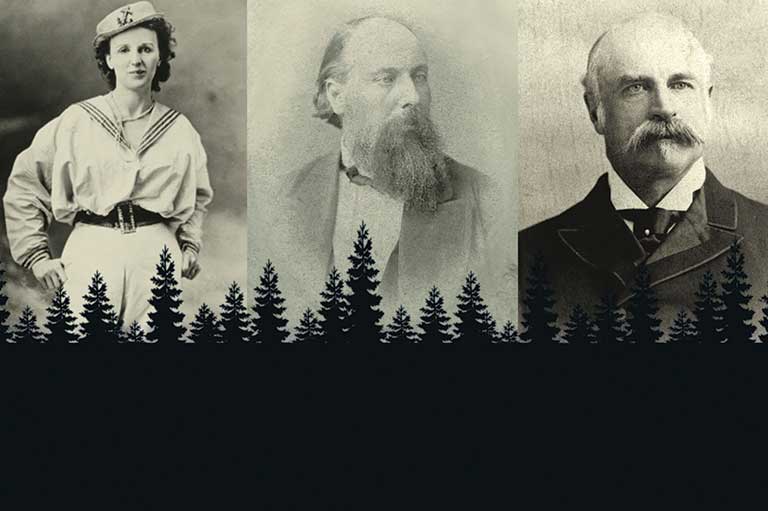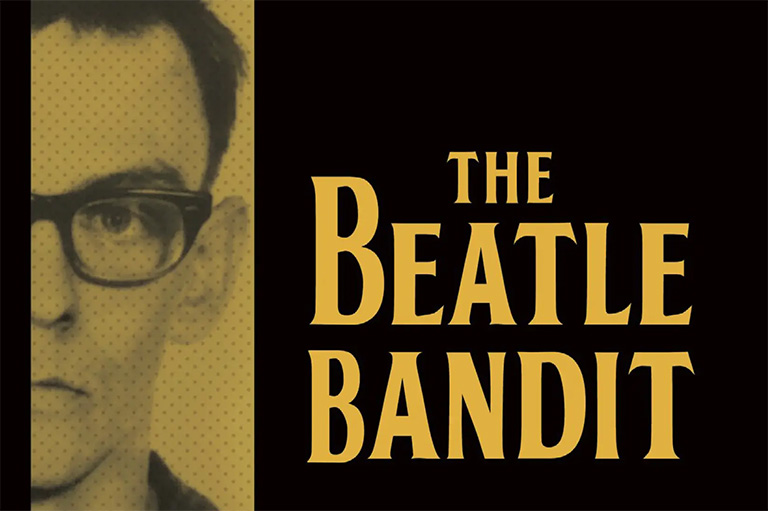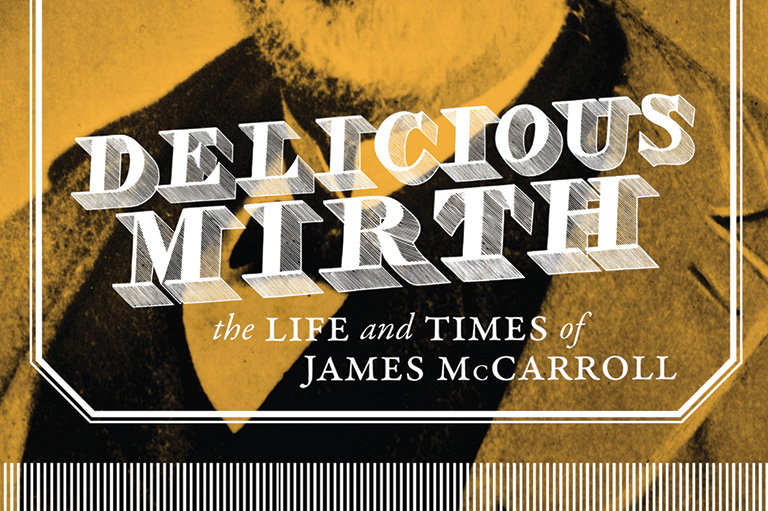Boom Kids
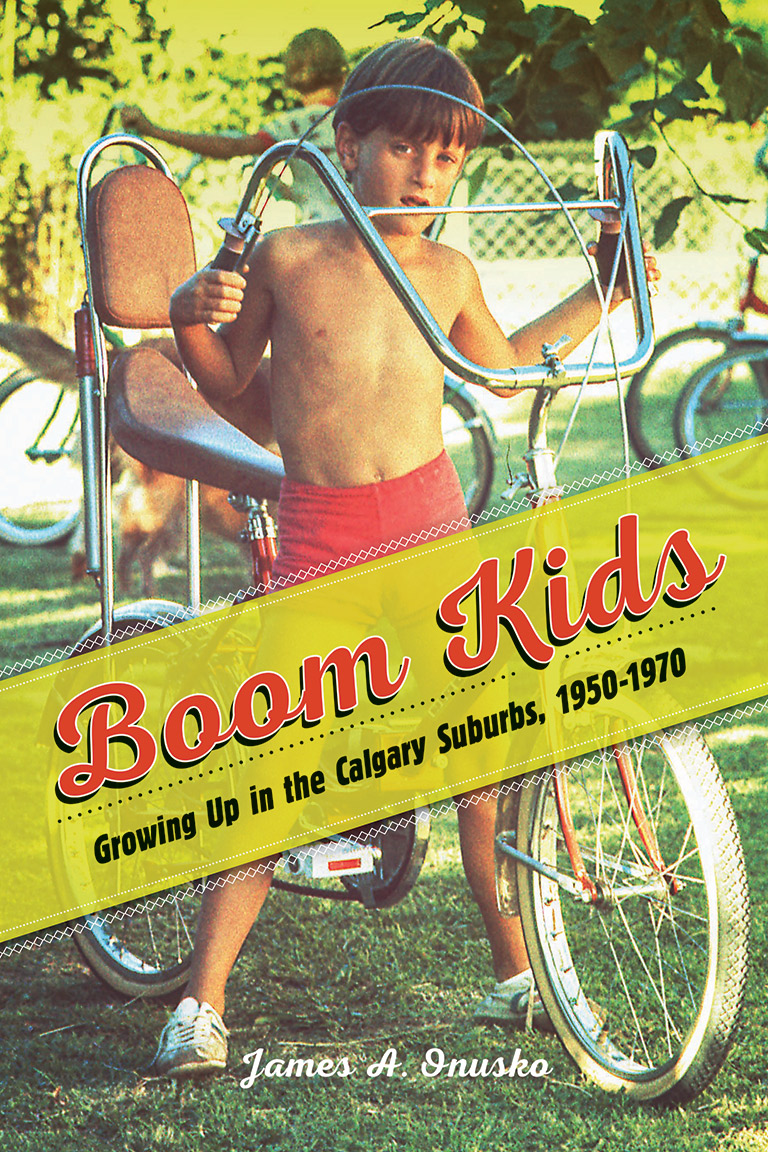
Boom Kids: Growing up in the Calgary Suburbs, 1950–1970
by James A. Onusko
Wilfrid Laurier University Press
260 pages, $85
In 1982, the rock band Rush released “Subdivisions,” a synthesizerdriven song that offered an unflinching and autobiographical look at growing up in the monoculture of suburban Toronto. “Subdivisions” spoke of the stifling pressure felt by kids of that era to fit in: “Subdivisions/ In the high school halls/ In the shopping malls/ Conform or be cast out.” It was a stark indictment of the suburban dream — getting a perfect job, marrying a perfect partner, owning a perfect house, living a perfect life.
How did things turn so sour when, thirty years earlier, the creation and growth of suburbs was considered by many Canadians to be a boon? In Boom Kids, James A. Onusko, an instructor at Northern Lakes College in Slave Lake, Alberta, explores the myriad ways suburbs shaped — and constrained — the lives of children in Calgary’s Banff Trail neighbourhood. This was the Cold War era, when the distant fear of atomic war was the backdrop against which children lived a seemingly idyllic life, all the while consciously and subconsciously striving and struggling to meet parental and societal expectations.
Written in an academic tone, Boom Kids features plenty of demographical and statistical analyses. But the book especially comes to life when we hear from the Banff Trail baby boomers themselves. Their memories and anecdotes reveal important insights into gender and class, changing sexual mores, and the challenges and limitations that came with living in a largely white suburban postwar monoculture.
Themes associated with this article
Advertisement

Our online store carries a variety of popular gifts for the history lover or Canadiana enthusiast in your life, including silk ties, dress socks, warm mitts and more!

